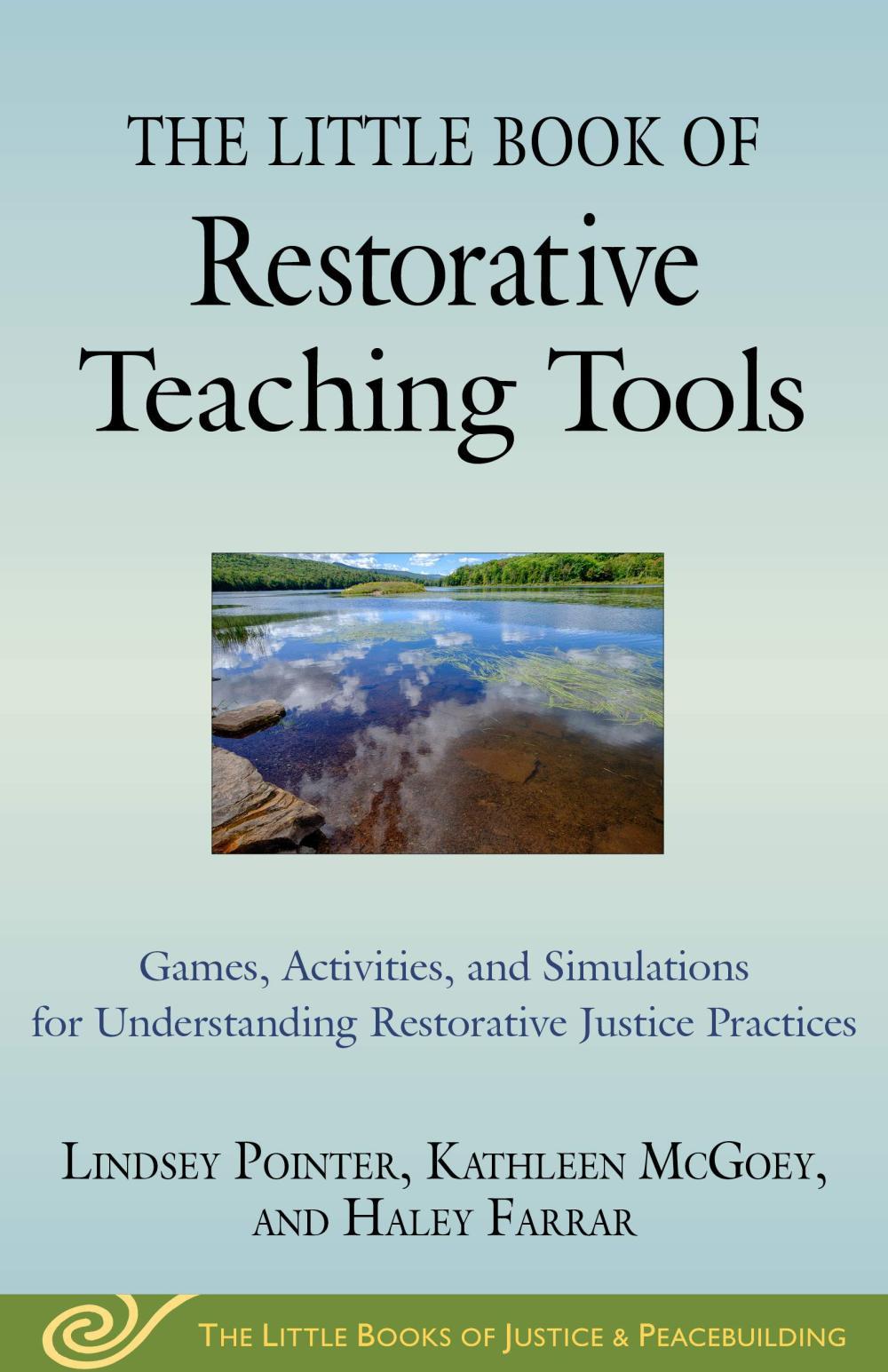A review from the United Kingdom
by Nicola Preston
The authors highlight in the introduction the importance of games as an entry point for developing trusting relationships and respectful dialogue. They suggest that by having fun, as well as engaging and informing participants, games can lead to deeper and more impactful learning. This learning is as important for the teacher as it is for the learners and the book provides interesting and insightful guidance on the need for self-reflection when facilitating restorative learning experiences. The guidance on thinking about our own bias and assumptions is thought provoking and crucial to the contribution that we as restorative practitioners can make to the creation of safe learning environments and communities.
As a teacher and special educational needs co-ordinator (SENCo) in primary (4–11yrs) schools in the UK and a former police officer when restorative justice was introduced to the UK (into police cautioning), the relevance of rituals and games to the disruption of hierarchies has great meaning. The authors provide a very pertinent reminder of some of the opportunities for the restorative justice movement to disrupt the hierarchies and power structures that often exist within institutions. They provide excellent reasons as to how the use of games and the development of relationships and trust can allow for each voice to be heard and all participants to be valued equally. As they state,
"social institutions often serve to reinforce existing power structures, elevating the voices of those who are already heard and further marginalising those who are not" (p. 3).
My own experiences in criminal justice and education support this assertion for adults and young people.
The book is very clearly structured taking the reader through the rationale for this style of teaching and how this links pedagogically with restorative values and principles. There is a well evidenced link between theory and practice and the book is relevant to any practitioner wanting ideas on how to create a positive experiential learning environment.
Chapters 5–8 are very practical and guide the reader through the preparation for teaching as well as design ideas for activities to help understand restorative philosophy as well as to develop skills and build relationships.
I am now a senior lecturer in a UK University, teaching undergraduate students around the topic of inclusion and special educational needs and postgraduate students who come from a range of professions linked to the development of inclusive practice. I have shared this book with my academic teaching colleagues, SENCos I train on the National Award in SEN Co-ordination and colleagues working with young people in mental health, criminal justice and social care. Many of them knew very little about restorative practices but have found the book a really useful addition to their practice. This seems to me to be a great recommendation for the development of a greater and wider understanding of restorative practice without having to justify, define or defend the principles.
The book fills an important space in supporting the development and confidence of practitioners to create safe and engaging learning environments and ultimately healthy and positive relationships.



